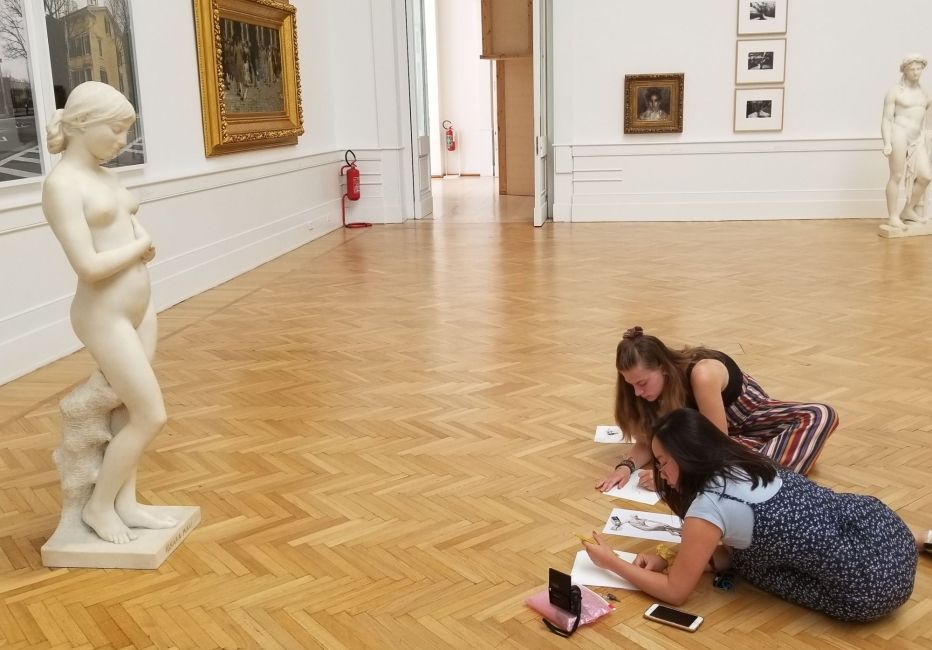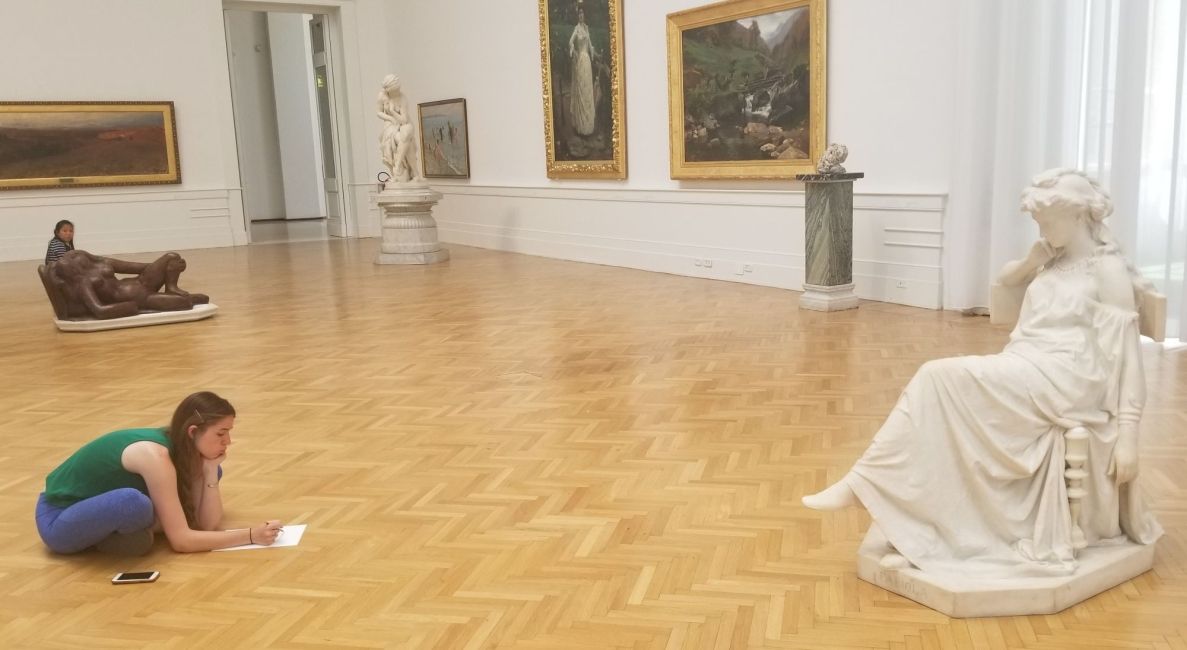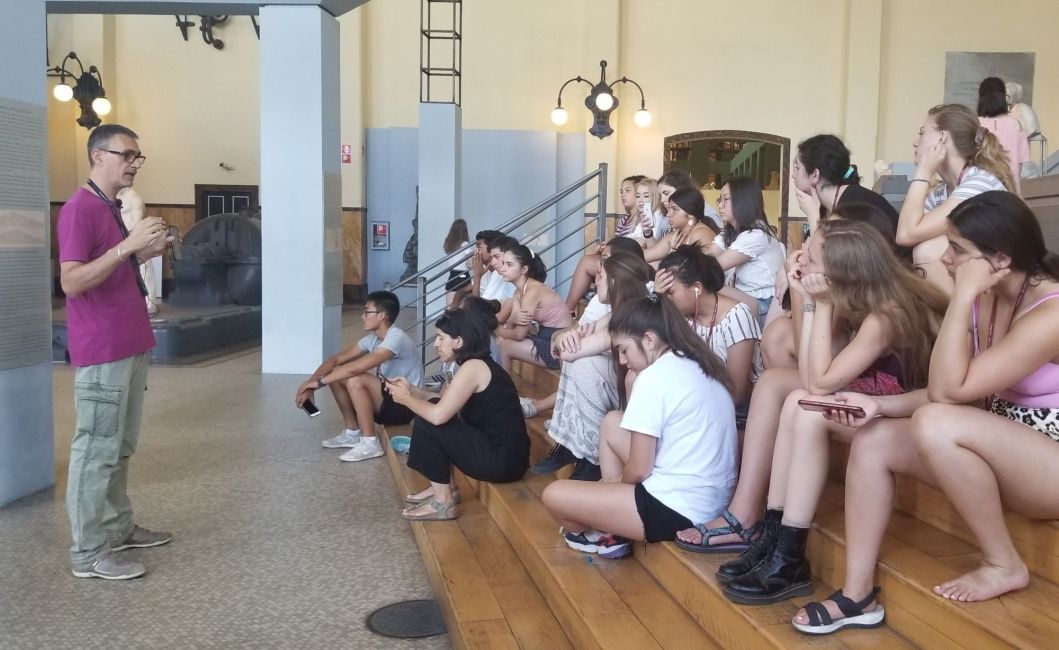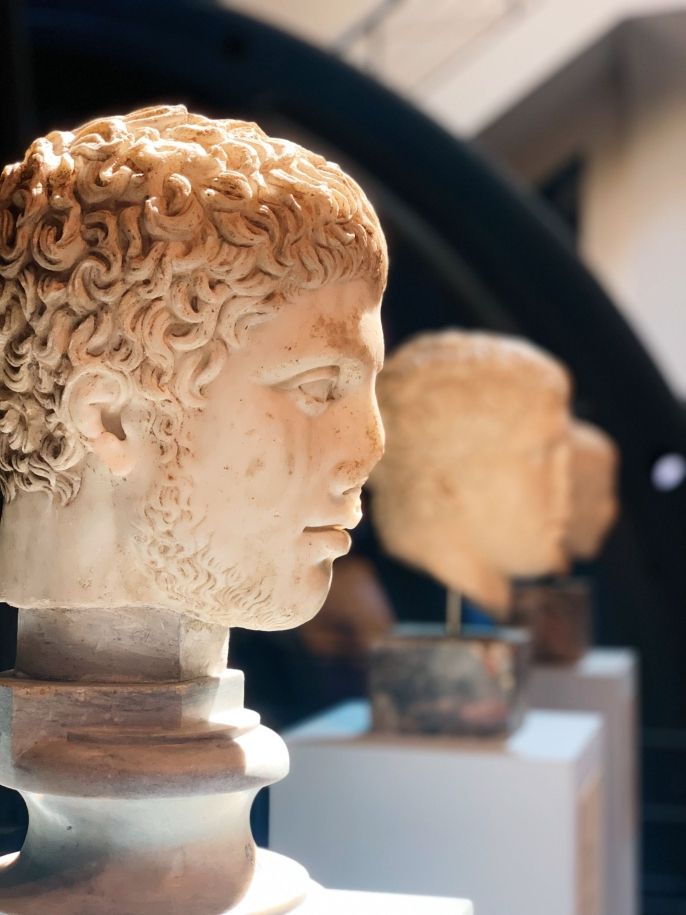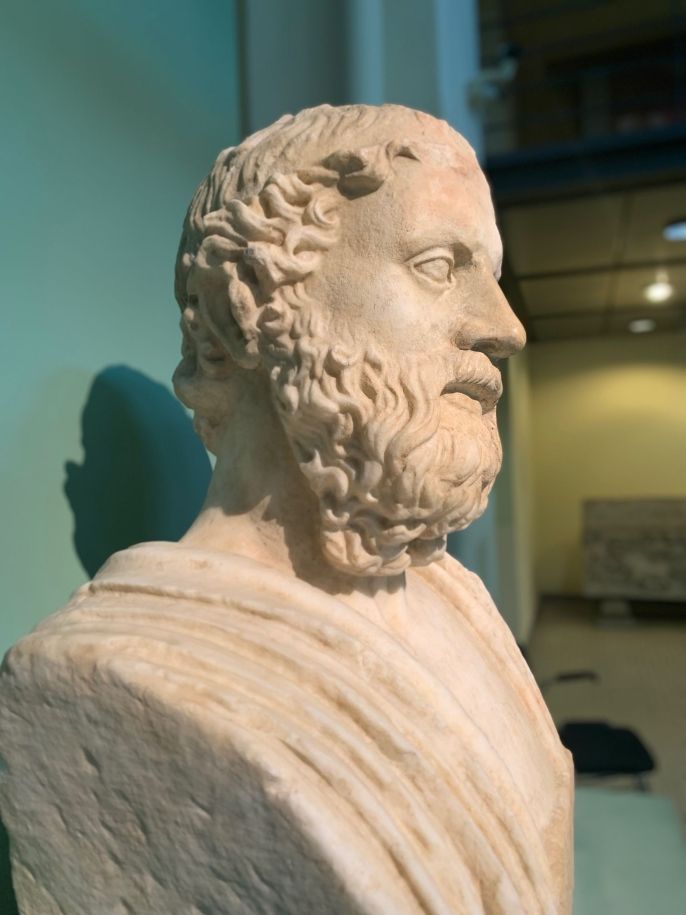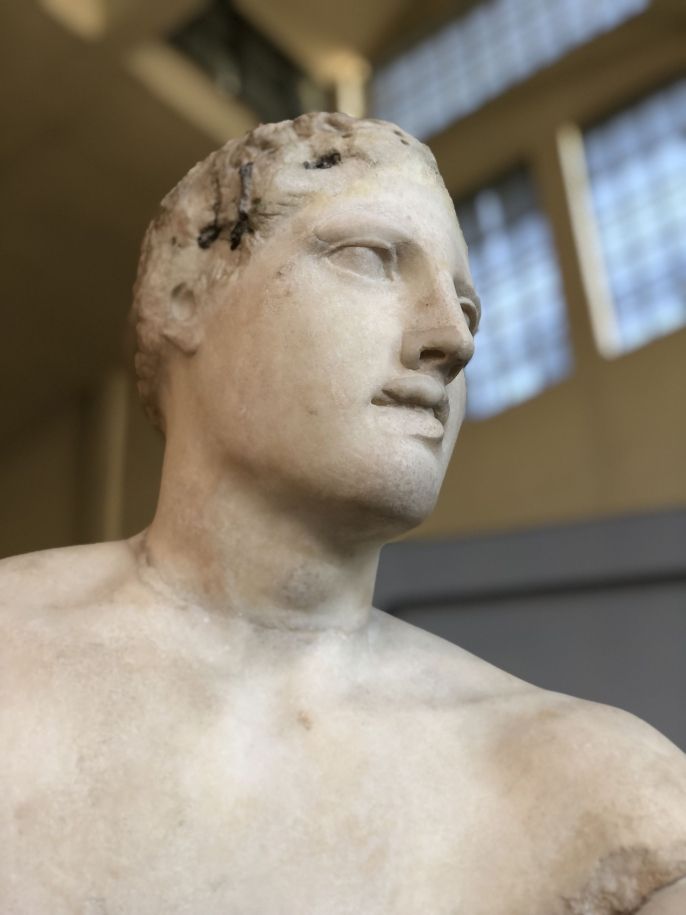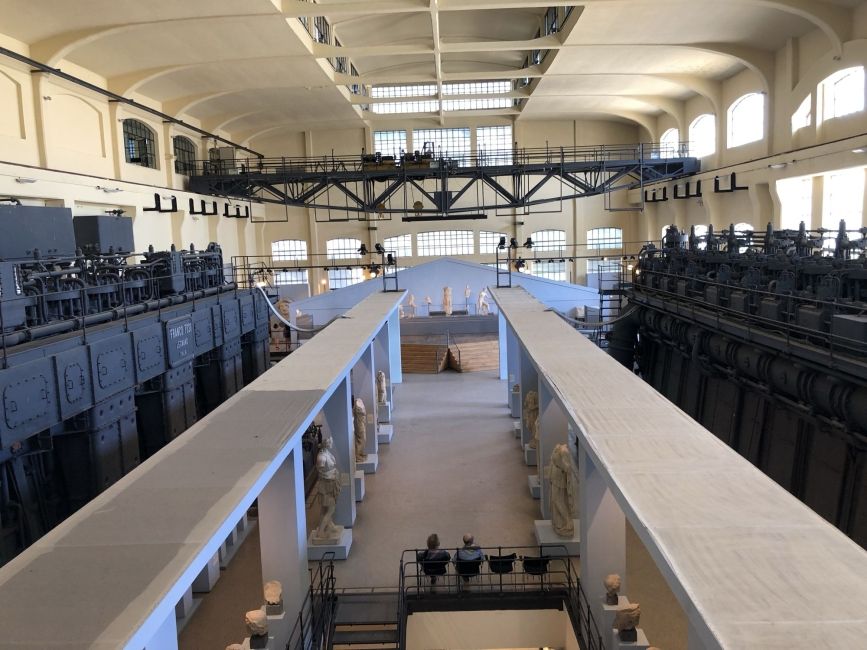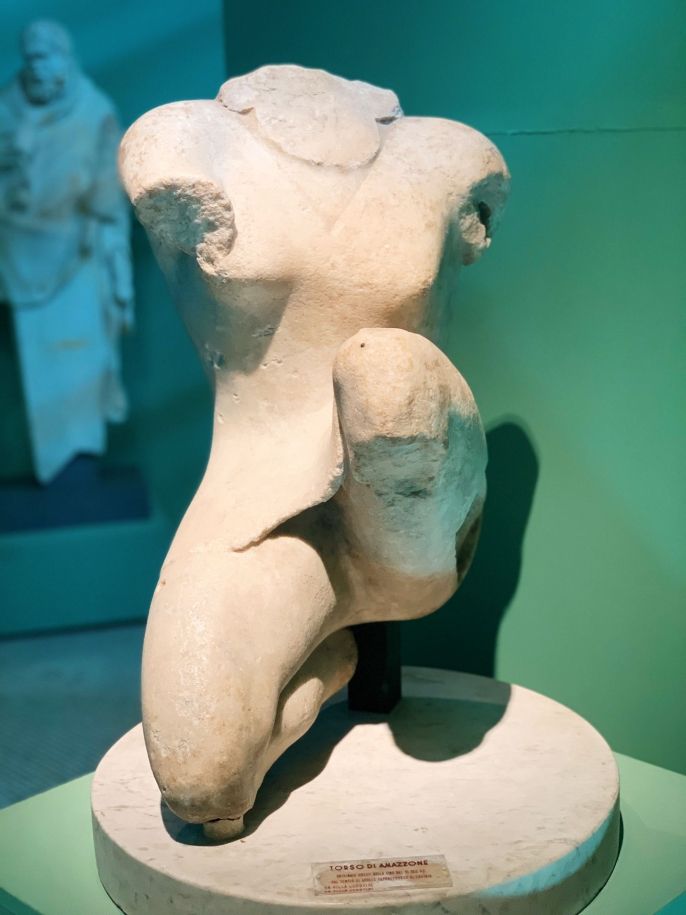Roman Sculpture: Drawing to Photography
Over the past few days, we've had two fascinating workshops on drawing and photography in which ancient Roman sculpture served as inspiration for our own artistic works.
On Tuesday, we visited the Galleria Nazionale d'Arte Moderna (National Museum of Modern Art) where we met with our drawing teacher Silvia, who is a comic book designer. This museum contains many examples of sculpture from the nineteenth century, which are actually copies of ancient Roman statues.
To warm up, Silvia started off by asking us to draw our self portrait as a tree. (For example, since I'm from Florida, I drew myself as a palm tree). After that, Silvia gave us a picture of an ancient Roman statue and asked us to draw it upside down. Silvia stressed the importance of using our eyes more than our brains when drawing a figure.
We moved into the museum gallery next to learn about restrepo lines, which are used to show movement in a drawing. We practiced drawing these lines to mimic the rough shape of the sculptures.
Silvia then taught us an old method of measuring objects to scale while drawing, using a pencil held at arm's length. Each student then practiced this method by drawing one or two sculptures from the gallery.
On Wednesday, we visited the "Centrale Montemartini", an ancient sculpture museum located in a former power plant. We learned the fascinating history of this museum from our art history teacher Simona. She explained that this was the only power plant that was salvaged during the bombings of World War II, because the flag of the Vatican City was placed on top of it. It was very interesting to see the mix of ancient Roman statues with modern machinery.
At Centrale Montemartini we also met our photography professor, Stefano. Our lesson focused on smartphone photography. Each student was tasked with using their smartphones to photograph the sculptures and engines in the museum, using a variety of techniques. Some students chose to share their photographs with the class, and Stefano offered his expertise to interpret and improve them. Students were encouraged to try taking photographs from different angles using vertical and horizontal lines. Stefano also taught us how to use light to accent and increase the viewer's interest in our photos.
Some student photographs are included in this post. Not bad for a cell phone, I would say!
Related Posts
Lost in Florence: Finding Art in Every Corner
When Sam writes an article, you know the students are waking up early! Let's set aside thoughts of the Colosseum and the ancient Romans for a moment because we’re about... keep reading
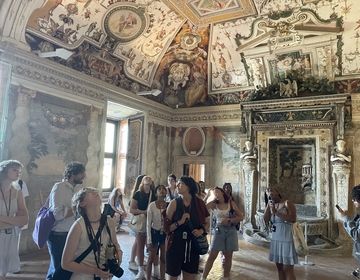
Once Upon a time … in Tivoli!
Nestled in the Italian region of Lazio, the charming town of Tivoli is a testament to Italy's rich historical tapestry and natural beauty. Just a short drive from Rome, Tivoli has been a favored retreat since ancient times, offering a perfect blend of natural splendor and architectural marvels. Among its many attractions, Villa d’Este stands out as a jewel of Renaissance architecture and landscape design.
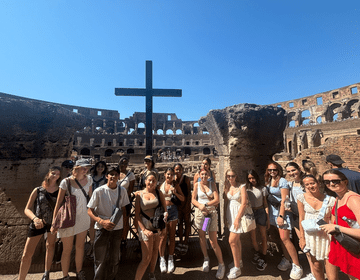
Rome-ing with CIEE: Colossal Adventures at the Colosseum and Forum!
The alarm rang a bit earlier today, signaling the start of an exciting day for the students and their Program Leaders as they embarked on their first bus ride in... keep reading
